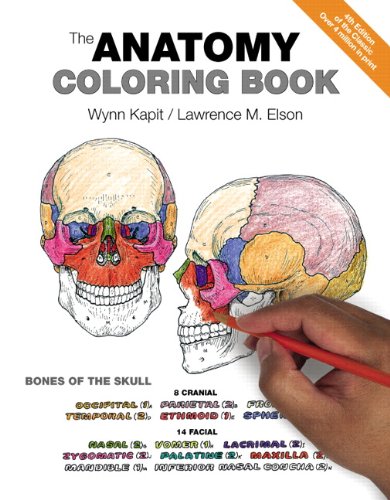Sorting Out Discomfort in the Practice Room
This week brought a high volume of YouTube master class viewings. (Did you know just how many wonderful flutists make their master class teachings available online?!) With this came new ideas to try out in the practice room.
@joleneflute
Wasabi Point
Projection while playing at a soft dynamic is one of the most difficult things for me, and I'm sure I'm not alone! In the two examples below, Emmanuel Pahud notes the need for support and resonance to ensure the sound is alive and present. He notes that resonance should be felt at the "wasabi point," feeling openness in the place that burns when consuming too much wasabi!
Watch here!
Practice Notes
I attempted the wasabi point concept on several soft passages, and had some moments where I really felt the resonance aiding my sound. But ultimately, I ended up leaving the practice room with a lot of discomfort. My body's interpretation and execution of this concept is not right if it hurts, and if there's one thing I've learned over and over, it is that trying to make sounds happen is not ideal.
I was especially clamped down in my left arm, my left bicep feeling sore, even. Neck tension also had me pulling away to stretch due to the discomfort.
So how can we approach new ideas with fluidity and ease? I started by pulling out my Anatomy Coloring Book, of course.
My Steps for Finding Ease
1. Balance and the Whole Body
I opened to a page that shows the relationship of the back muscles. The deep postural muscles run from the tailbone to the base of the skull - a crucial reminder of the length and support that balance in the legs can provide for the neck and arms. (What a relief!) With this image in mind, I remembered the points of balance. The tension I felt in my neck and jaw diminished once I realigned myself.
The photo to the left shows an exmple of what one may consider to be "the back" as the red line. Notice that the neck is left out. Considering the length (shown by the blue line) of the entire spine, including the cervical spine, alleviated the neck pain I was experiencing.
2. Long Sides and Dynamic Back
While playing, I chose to maintain the length of my sides, another helpful cue to avoid compromising balance. I also instructed myself to feel the release and "springiness" of the back while balancing the skull on top of the spine. The reminder for the back to feel "alive" and "dynamic" opened me up in all directions. (It was in this moment that I realized my self-awareness was far too small!) I also noticed greater resonance happening without trying in that "wasabi" spot! (Before, I was very focused on feeling openness in the sinuses of my face. Once I invited my back into my awareness, I found ease in what I was looking for.)
3. Movement!
The next day while warming up, I remembered that I can MOVE while practicing! I played long tones in a forward fold, squats, on my back, in the dugout position, and moving between poses while allowing the abdominal muscles to remain free and the back to feel dynamic. Think outside the box when your go-to sitting or standing practice position is accompanied by discomfort.
When discomfort sneaks up on you in the practice room, have a game plan for remembering ease. There is no reason to play with pain, and from my experience, the best sounds always occur when my body feels free. There are also many different ways for teachers to articulate their concepts to students, and their descriptions require a bit of experimentation and adaptation to fully understand and integrate. As a teacher, I'm reminded to be precise yet flexible in presenting my instructions. As a student, I'm inspired to experience and understand the teachings of renowned artists from a basis of body awareness and anatomical reality.


